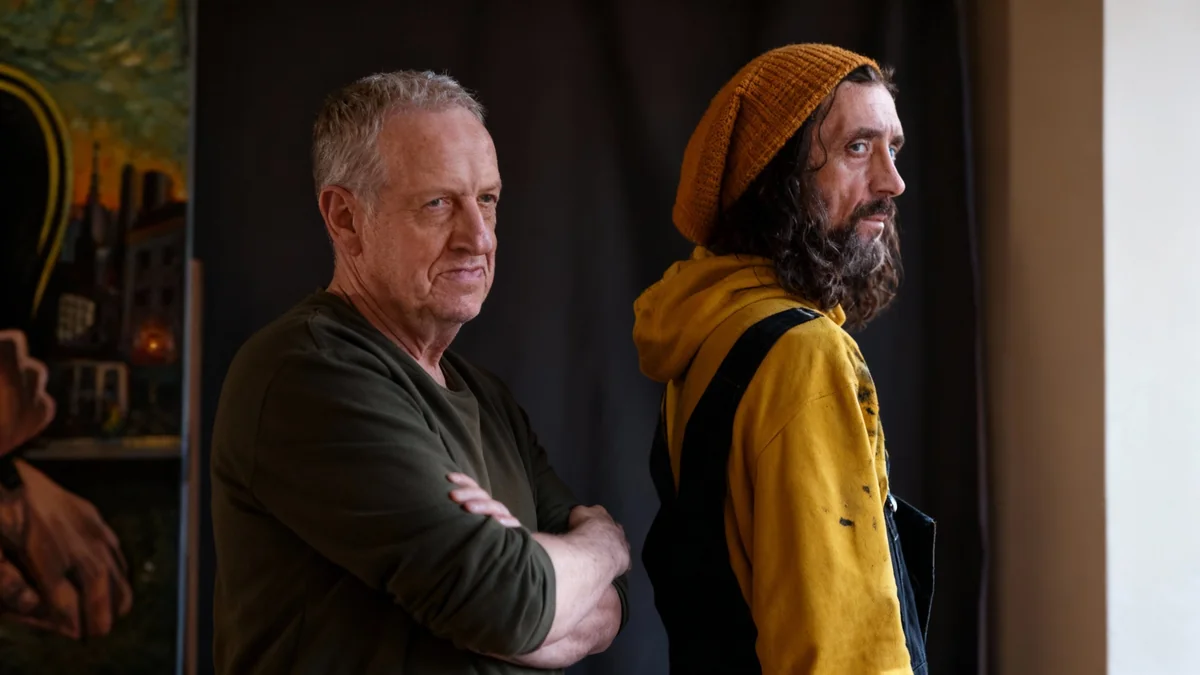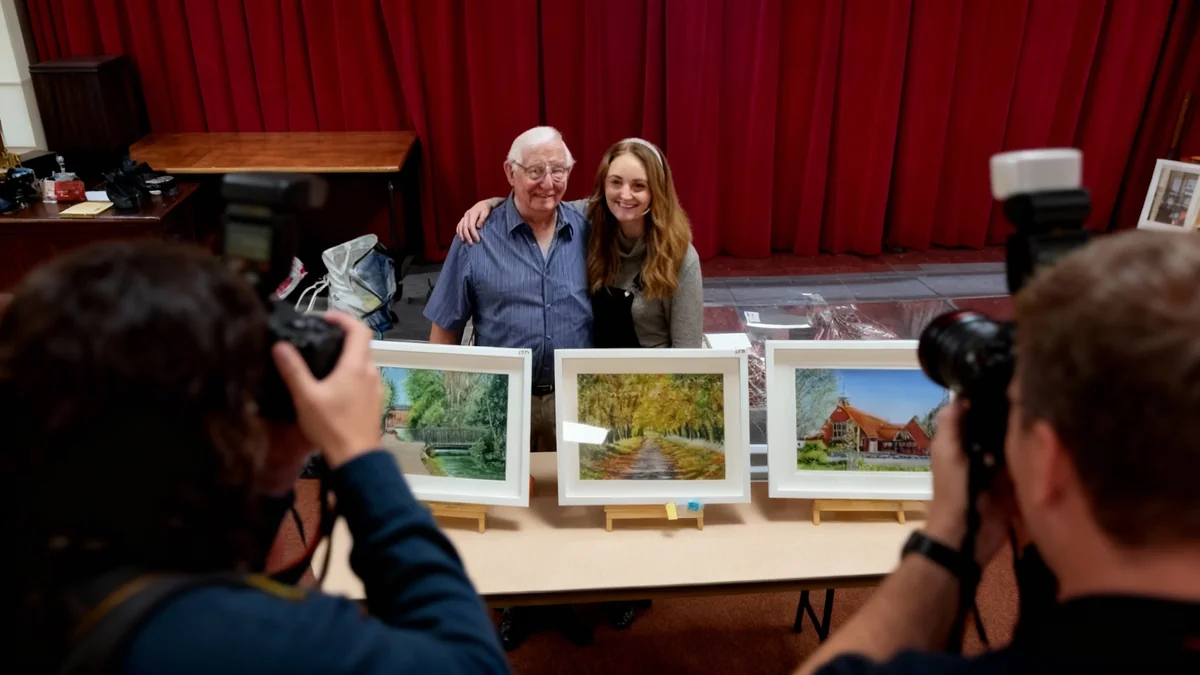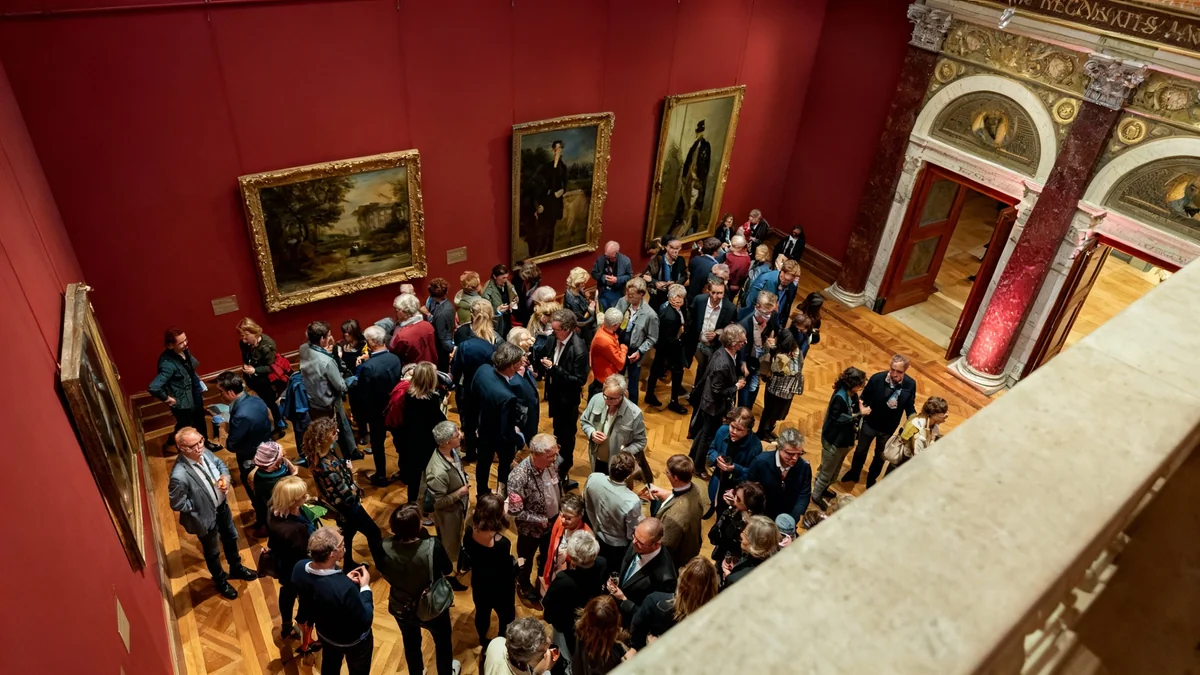Mary Boone, a prominent New York art dealer known for her influence in the 1980s SoHo art scene, is re-entering the art world. Five years after her release from prison, Boone is collaborating on a new exhibition titled “Downtown/Uptown: New York in the Eighties.” The show opened last week at Lévy Gorvy Dayan and features artists she championed, including Jean-Michel Basquiat, Ross Bleckner, Keith Haring, and Julian Schnabel.
Boone's return marks a significant moment for the art community. She recently discussed her past experiences, including her time in federal prison for tax evasion, in an interview with New York magazine. The magazine famously labeled her the "queen of the art scene" in a 1982 cover story.
Key Takeaways
- Mary Boone, a notable 1980s art dealer, is making a comeback.
- She is collaborating on the new exhibition "Downtown/Uptown: New York in the Eighties."
- The exhibition features artists like Basquiat, Haring, and Schnabel.
- Boone served 13 months of a 30-month sentence for tax evasion.
- She described her prison experience as "very relaxing" and productive.
- Martha Stewart reportedly advised Boone before her conviction.
- Boone claims 2022 was her most successful year in art sales.
Boone's Path Back to the Art Scene
Mary Boone's re-emergence is highlighted by her involvement in the "Downtown/Uptown" exhibition. This show brings together works by artists who defined the vibrant New York art scene of the 1980s. Boone was central to this period, providing crucial gallery spaces and exposure to many now-iconic figures.
The exhibition at Lévy Gorvy Dayan showcases the artists Boone helped establish. Her collaboration with the gallery signals a deliberate move back into the public eye after a period of absence following her legal troubles.
Quick Fact
Mary Boone closed her gallery in 2019 after being convicted of tax evasion. She was sentenced to 30 months in prison but served 13 months, gaining early release during the COVID-19 pandemic in 2020.
Reflecting on Prison Time
In her recent interview, Boone spoke openly about her time at Danbury Correctional, a low-security prison in Connecticut. She described the experience in unexpected terms, emphasizing personal activities and connections made during her incarceration.
"To tell you the truth, I got to go to the gym every day. I read a book a day. It was very relaxing," Boone stated, detailing her routine at the facility. She also mentioned meeting "some very interesting women that I probably wouldn’t have met otherwise."
Boone's perspective offers a glimpse into how she coped with her circumstances. Her focus on reading and physical activity suggests a structured approach to her time inside. The early release in 2020 due to the pandemic cut her sentence by more than half, allowing her to return to private life sooner than anticipated.
Influence from Martha Stewart
Before her conviction, Boone received advice from another public figure who faced similar legal challenges: Martha Stewart. Stewart, known for her lifestyle brand, served five months in prison in 2004 for obstruction of justice related to an insider-trading case.
According to Boone, Stewart advised her to hire a criminal lawyer early. Stewart reportedly warned that the government often seeks "people they like to use as examples." Boone initially disregarded this advice but later seemed to follow Stewart's lead in one specific request.
Background Information
Martha Stewart requested to serve her prison sentence at Danbury Correctional, the same facility Boone later requested. Stewart's request was denied, and she was sent to a prison in West Virginia instead. Boone's request for Danbury, however, was granted.
The parallels between Boone and Stewart extend beyond legal issues. Both women have shown a capacity to rebound from public setbacks. Stewart successfully rebuilt her business empire after prison. Boone now appears to be following a similar trajectory in the art world.
A Strong Return to Art Sales
Despite her legal troubles and time away, Boone indicates a quick recovery in her professional life. She told New York magazine's Carrie Battan that she resumed selling art shortly after her release. Furthermore, she reported that 2022 was her best year on record for art sales.
This success suggests a renewed demand for art, possibly influenced by changes in consumer behavior during the pandemic. Many people spent more time at home, leading them to consider their living spaces and potential art acquisitions.
"People were staying at home looking at their house and thinking, I need something for that wall," Boone explained, highlighting a potential factor in her recent sales boom.
Her ability to achieve record sales after a significant personal and professional disruption underscores her enduring influence and network within the art market. The collaboration with Lévy Gorvy Dayan for the "Downtown/Uptown" exhibition further solidifies her presence back in the art world spotlight.
The Enduring Legacy of 1980s Art
The 1980s were a pivotal decade for the New York art scene, characterized by the rise of neo-expressionism and a vibrant downtown culture. Artists like Jean-Michel Basquiat, Keith Haring, and Julian Schnabel became household names, pushing boundaries and challenging traditional art forms.
- Jean-Michel Basquiat: Known for his raw, expressive paintings combining text and imagery.
- Keith Haring: Famous for his bold lines and iconic figures, often addressing social and political themes.
- Julian Schnabel: Recognized for his large-scale, broken plate paintings.
- Ross Bleckner: An artist whose work often explores themes of loss and memory.
Boone was instrumental in bringing these artists to wider attention, making her gallery a vital hub for innovation. The current exhibition serves as a reminder of her significant role in shaping that era and the lasting impact of these artists on contemporary art.
Her comeback tour, spearheaded by this major exhibition, indicates a strategic move to reclaim her position in the art market. It also provides an opportunity for new generations to engage with the art and artists she helped define.




